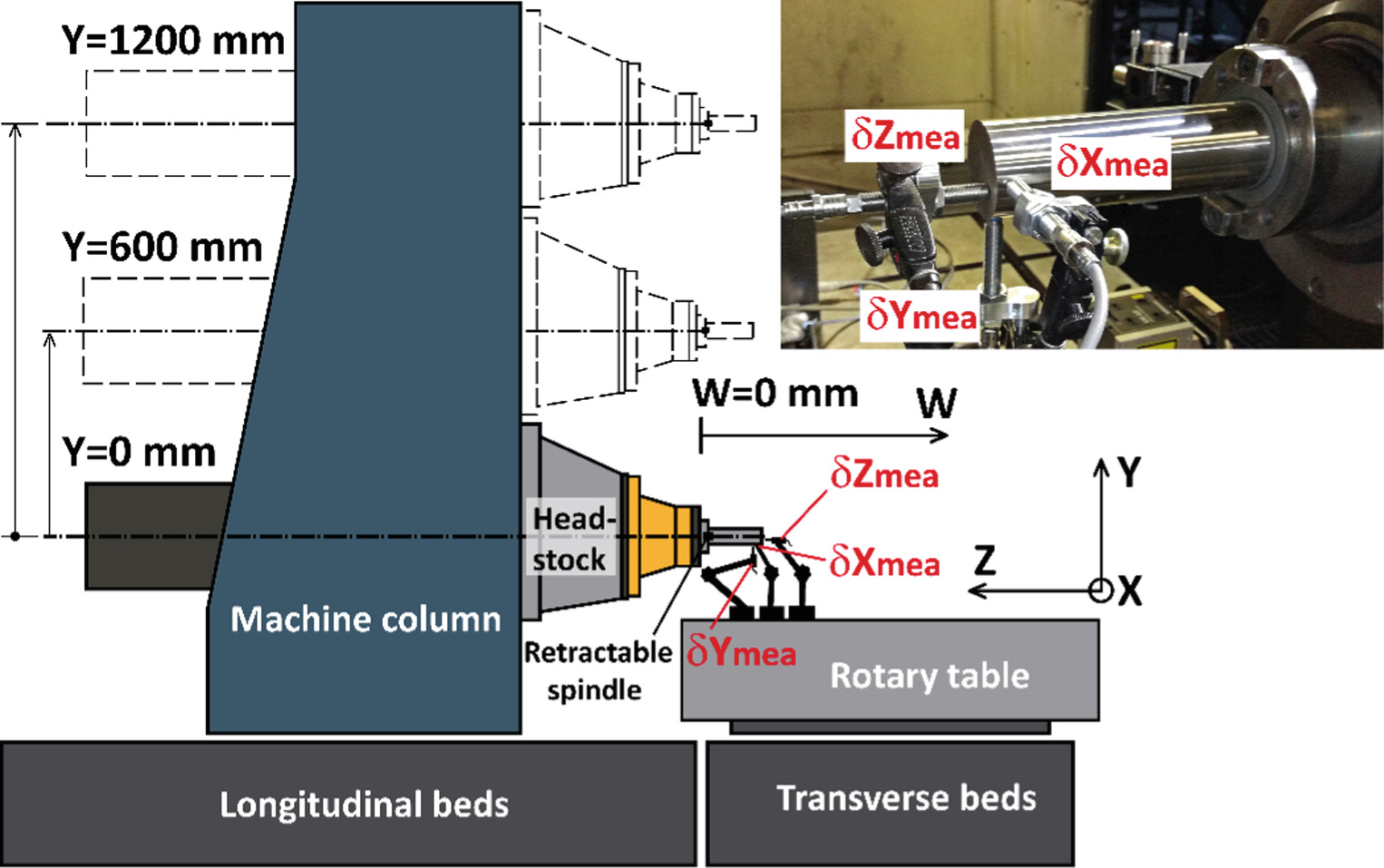
The state-of-the-art method to reduce CNC machine tool thermal errors is real-time error compensation based on the thermal error estimation models. However, it is difficult to establish a thermal error compensation model with good versatility, high accuracy, and strong robustness due to various manufacturing conditions and a thermally varying surrounding environment. It causes that thermal behaviour of the machine tools is nonlinear and varying in real time. Consequently, the pre-trained and non-adaptive model may not be accurate and robust enough for long-term application. The presented research shows a systematic adaptation technique to update the thermal error compensation model of a horizontal machining centre under varying conditions, which differ from the calibration test. System identification theory is applied to build a dynamic thermal error model for a horizontal machining centre based on calibration test. Linear parametric models of autoregressive with external input (ARX) present an established dynamic method, and its modelling and calculation speed are suitable for real-time applications. Additionally, process-intermittent probing and thermal error model are integrated into the machine management software of the horizontal machining centre to monitor and compensate for thermal errors at the tool centre point (TCP) in real time using C#/C++ programming language. The results show that the prediction accuracy measured as peak-to-peak values and the normalized root mean squared error of the thermal error compensation models are improved by up to 33% and 51%, respectively, when adaptive compensation model is applied. © 2023, The Author(s).